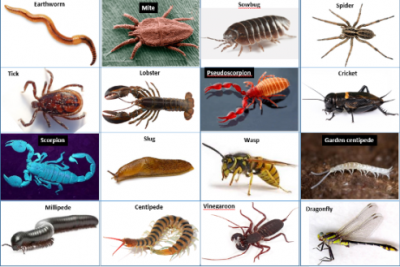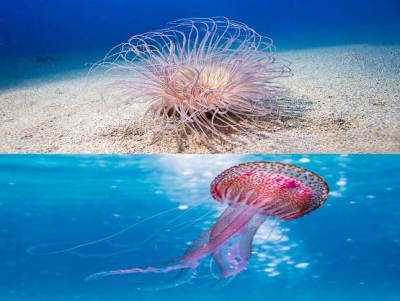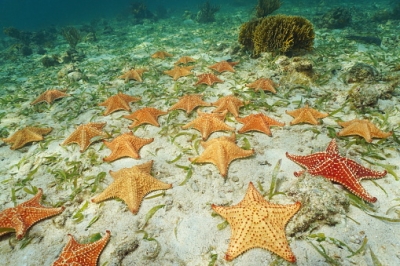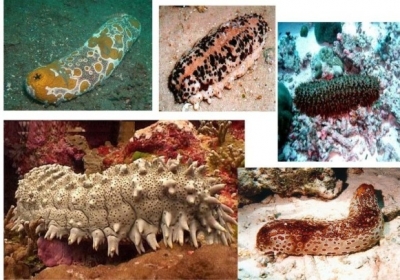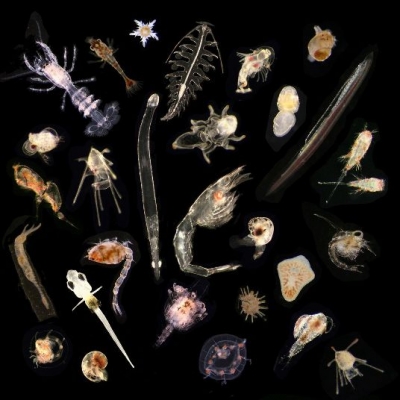
Crawling on Six Legs
They buzz. They prowl. They crawl. Some munch leaves, others sip nectar. Some crunch wood. A few drink blood. They can be as small as the eye of a needle, or as big as a grown-up’s shoe. What are they? Insects!
Insects live just about everywhere, from the steamiest jungles to the coldest mountaintops and the driest deserts. No matter where you live, you’re sure to see insects buzz, prowl, or crawl by.
Flies, ants, bees, grasshoppers, beetles, crickets, and butterflies are all in the group of animals called insects. Like all insects, these creatures have six legs. Most insects also have wings.
Insects do some amazing things. Some insects, like flies, taste with their feet. Most insects smell with two wiggly feelers on their head called antennae. Some insects have no eyes, while others have five or more. Many insects hear with hairs on their bodies, while others have “ears” on their legs or on the sides of their bodies.

